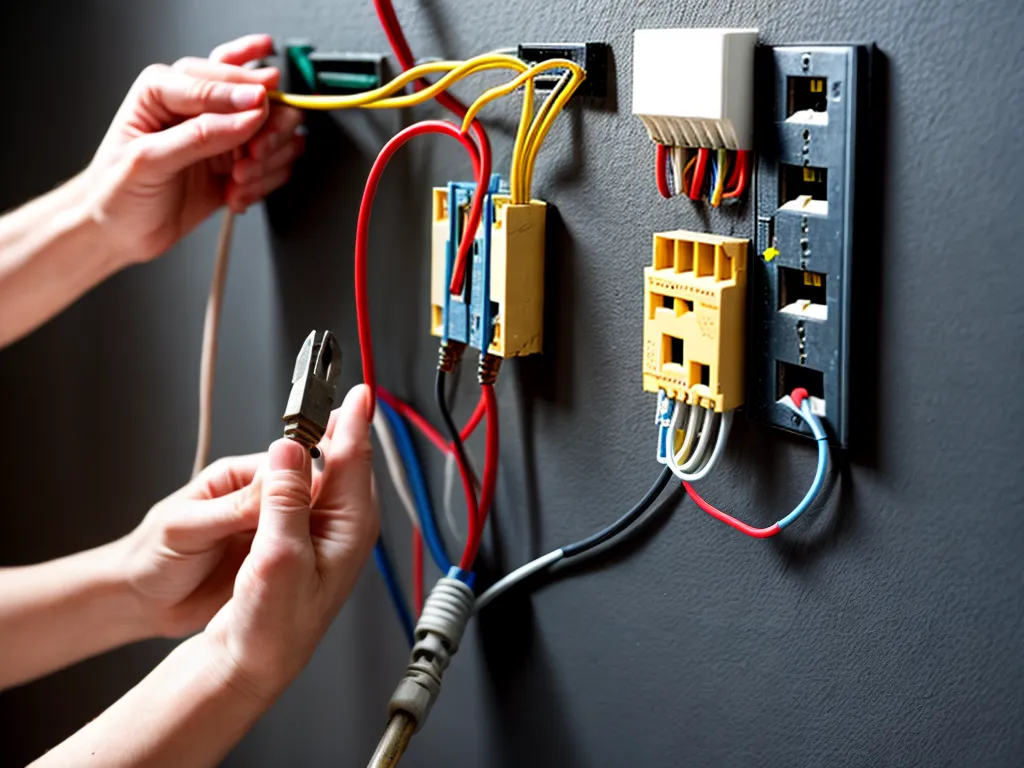
How to Wire Your Home Without Electricity: A Guide to Historical Wiring Methods
Understanding Historical Wiring Methods
Before electricity became widely available in homes, people relied on more basic methods to provide lighting and power. While we take electricity for granted today, learning about historical wiring can provide useful skills and knowledge. In this guide, I will cover various methods used to wire homes before electricity, including gas lamps, candle wiring, and battery-powered systems. Understanding the ingenuity of our ancestors can inspire creative solutions when electricity is not available.
Gas Lamps
Gas lamps were an early form of artificial lighting that relied on flammable gas and controlled flames. To wire a home for gas lighting, I would need to set up a system of gas lines, valves, and fixtures. Key steps include:
-
Installing a gas generator or connecting to a municipal gas supply. This provides the gas source.
-
Running a network of gas lines made from metal or rubber piping throughout the home.
-
Connecting the gas lines to individual gas lamps mounted on walls or ceilings. Gas lamps mix air and gas to produce a controlled flame.
-
Adding valves and fixtures to control gas flow safely to each lamp.
Candle Wiring
Before gas lighting, candles provided artificial light. While less convenient than gas lamps, candle wiring follows a simple process:
-
Mounting candle holders, sconces, or chandeliers around the home where light is needed.
-
Securing the holders to walls, ceilings, pillars, or furniture using screws, adhesives, or other fasteners.
-
Running a network of wires to each holder. This allows candles to be safely positioned away from combustible surfaces.
-
Attaching wire loops or clips to secure candles in place. Clips allow candles to be easily replaced.
The wire network controls the placement of multiple candles safely around the home.
Battery-Powered Systems
Batteries can provide a flexible way to power lights and devices without electricity. Key steps for wiring with batteries include:
-
Selecting rechargeable lead-acid or nickel-based batteries. Multiple batteries can be combined to increase capacity.
-
Connecting the batteries to a voltage regulator. This provides a steady voltage output.
-
Running insulated wires from the regulator to lights, appliances, and outlets around the home.
-
Adding a fuse box and switches to control power flow safely to each device.
-
Installing LED lights, which consume minimal power.
With planning, batteries can power an entire home efficiently. Periodic recharging maintains the system.
Key Considerations and Challenges
Wiring a home without electricity requires adapting to unique challenges:
-
Historical wiring methods provide less illumination than electric lighting. Combining multiple light sources may be necessary.
-
Power capabilities are more limited compared to electricity. Focus on powering essential devices first.
-
Replacing consumable elements like gas or candles can be labor intensive. Have ample spares on hand.
-
Fire hazards and toxic risks require safety steps like proper ventilation, fireproofing, and monitoring.
-
Systems may require more frequent maintenance like recharging batteries or cleaning soot from gas lamps.
With patience and the right precautions, historic wiring can successfully provide lighting and power. The methods of our ancestors continue to have relevance when alternatives are needed. Carefully implementing these techniques allows me to light up my home with the ingenuity of the past.